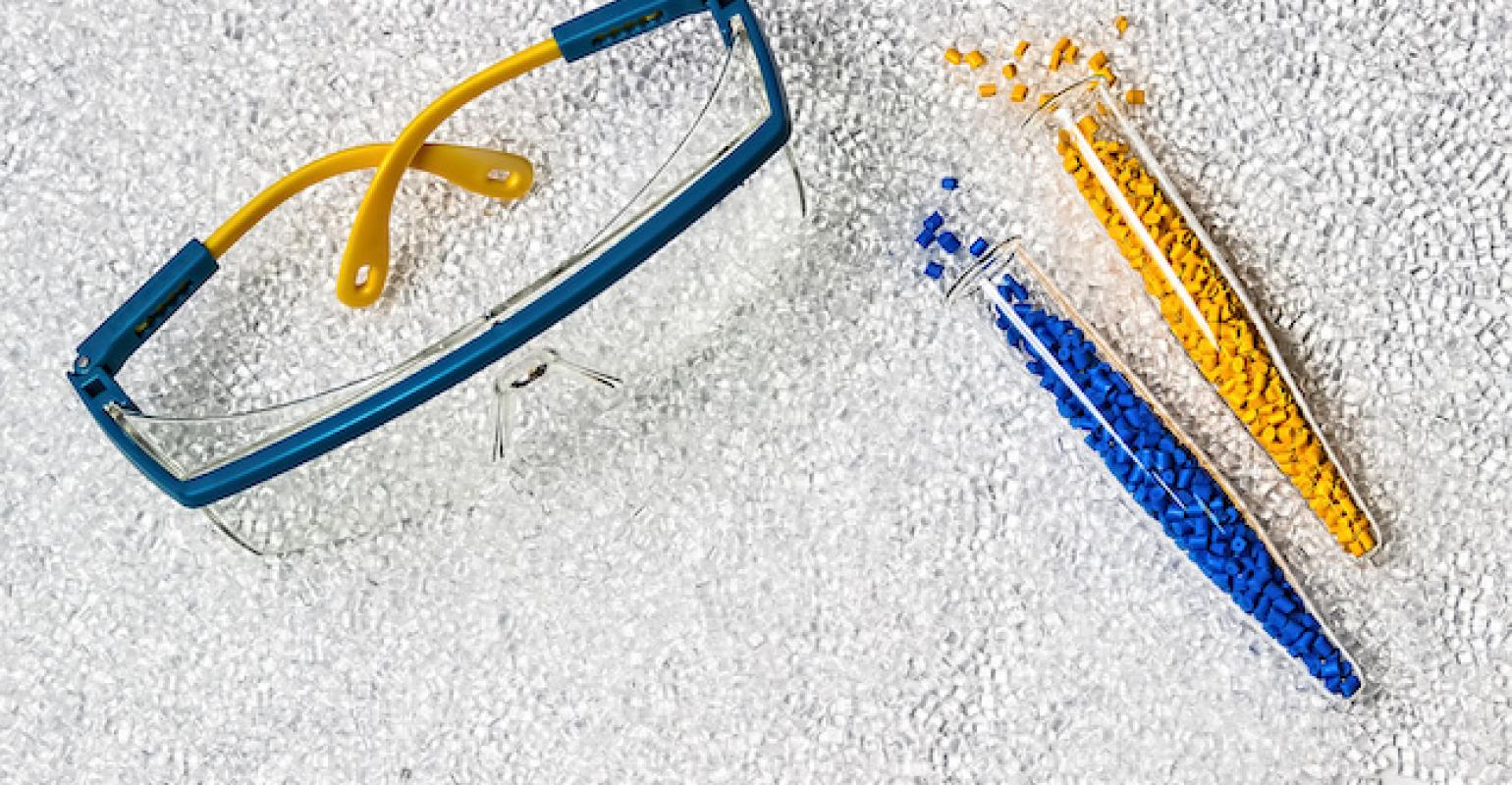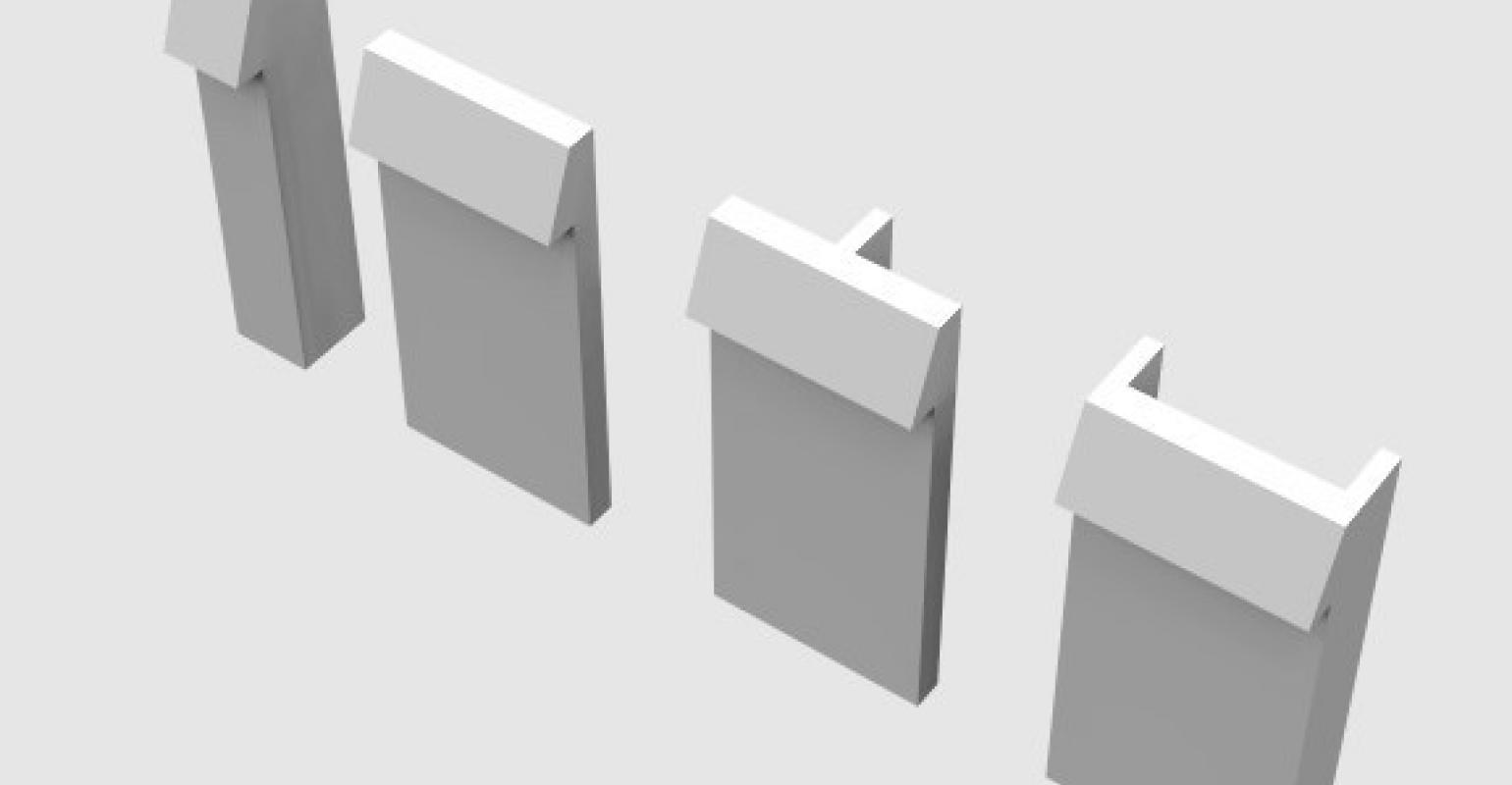8 Factors that Influence DFM for Plastic Hardware Part Manufacture.
Part design for manufacturability or DFM holds a vital position in the entire plastic hardware part manufacture process. Some reports suggest that molders may determine 70% of a product's cost by the design decisions. These design decisions are taken during the DFM process.
Part design for manufacturability has some critical guidelines and best practices. All professional plastic hardware part manufacture companies adhere to these guidelines. Moreover, there are crucial factors that the molders and plastic product merchants must consider before their products go into production. These factors come under plastic part DFM.
You May Also Read: Importance of Prototype Tool in Injection Molding
In this article, we will begin by explaining what design for manufacturability entails. Then, we will highlight some essential factors that molders must consider during plastic part DFM.
What is DFM and Why is it Important for Plastic Hardware Part Manufacture?

What is DFM?
DFM, which is an abbreviation for a design for manufacturability is an important engineering practice. It ensures that the part is designed to present ease during the plastic hardware part manufacture process.
Before the pre-production, the design stage commences as it involves important decisions like material selection, draft angles, radii, etc. These parameters, once decided, become the foundation of computer-aided plastic part design.
The DFM process aims to optimize the plastic hardware part manufacture process. Therefore, when performed efficiently, DFM ensures customer satisfaction with the product, leads to increased revenue and minimizes production time and cost.
However, to be accomplished effectively, DFM requires the expertise of plastic hardware part manufacture design engineers, mold makers, mold engineers, and material experts to shape the perfect design that is up to the customers demands while being cost-effective.
Why is it Important?
A comprehensive design for the manufacturability process ensures that the part functionality aligns with the customer demands and earns profit for the molder. Following are some other points that make DFM an essential part of the plastic hardware part manufacture process:
- DFM streamlines the production process and eliminates any problems before they even arise. Therefore, it reduces production cost.
- It optimizes the entire plastic hardware part manufacture process for efficiency and increased revenue.
- The design stage also mitigates any issues that may cause production delays, minimizing cycle time and product's time to market.
- A pre-designed process has a higher potential for being automated to eliminate human errors.
- Since DFM accounts for all possible problems, once production begins, the process requires fewer engineering alterations, increasing the process uptime.
Factors for Efficient Part Design for Manufacturability
Part design for manufacturability is a very meticulous process. It calls for experienced engineers and designers to be on board to work in co-operation to streamline the plastic hardware part manufacture process and optimize it to ensure low production cost and high product quality.
Following are some of the most critical factors that all the people involved in the DFM process must consider ensuring a comprehensive DFM.
Material Selection
Working with the molders and design and process engineers to determine the product's material is critical to the product's success and launch.
Plastic hardware part manufacture process may use various products as raw materials for the plastic molding process. Each of these materials has different physical and chemical properties and perform differently during the plastic molding process and in use.
Moreover, the material also determines the end products' strength and ductility during use. Therefore, molders must evaluate the raw material with the product's end-use in mind. It is best to consider the material performance characteristics such as stiffness, tensile strength, temperature resistance, thermal conductivity and tolerance to chemical exposure etc.
Most importantly, plastic hardware part manufacture companies must also consider the plastic resin's availability and its price to ensure that it will fit in their budget in the long run. And not considering resin availability during the design stage may lead to production delays and other issues.
So molders must give due consideration to the material's properties, price and availability.
Material Shrinkage
After the holding stage in the plastic molding process for plastic hardware, part manufacture comes the cooling phase. In the cooling stage, the molten plastic cools, solidifies and shrinks.
As a general rule, a 10% change in mold temperature may induce a 5% change in the shrinkage. However, each material shrinks depending upon its resin family, whether it is crystalline or amorphous.
Uneven shrinkage occurs due to various reasons and may cause stress to buildup in certain areas, bending and twisting the plastic as it cools and leads to warping in the plastic part.
Therefore, it is crucial to consider the material shrink properties and optimize process variables that influence shrinkage (such as injection pressure) to mitigate the chances of uneven shrinkage.
Draft
Draft or draft angle is the amount of taper along the edges of the plastic part. A draft angle can range from 2 degrees to 1/4th of a degree.
The ultimate goal of a draft angle is to minimize the force required to remove a part from the mold to ensure that the ejection process does not damage the part and lead to defects.
Draft angle best practice is to taper all the surfaces in a direction parallel to that of part ejection from the mold.
Wall Thickness
An efficient plastic hardware part manufacture process necessitates that the part has uniform wall thickness because non-uniformity in wall thickness can lead to various defects such as warping.
When one part of the wall is thicker than the other, more material accumulates there, leading to an increased local cooling rate and an uneven general part cooling rate as the thin part will cool quicker than the thick one which may lead to sinks and voids in the part.
So, the design stage must account for a uniform wall thickness to mitigate possible defects.
The radius of Corners and Edges.
Sharp edges and corners in the part are susceptible to carrying moulded-in stresses. Moreover, rounded or radiused edges and corners impart strength to the plastic moulded part. Furthermore, when a part design has sharp edges, the probability of forming dead zones in the edges of the mold is high.
Therefore, DFM must consider adding radii to the corners of the part to prevent sharp edges. A general rule of thumb for plastic part radii is that the radius of the edges should be between 0.9 to 1.2 times the part's wall thickness.
Inclusion of Ribs
A thin-walled part is not as strong as a thick-walled part. But a thick-walled part requires more material, more cooling time and presents difficulty in ejection. Therefore, increasing wall thickness to enhance strength is not viable.
Ribs are plastic part features that enhance a plastic part's strength and durability without increasing the wall thickness.
Depending on the material, the ribs may be between 50 to 70% of the part thickness. An incorrect rib thickness may lead to sinking marks.
Therefore, considering the number of ribs, their thickness and spacing are essential for DFM to ensure good part quality and optimum production cost.
Addition of Bosses
Boss is a feature of the plastic part that rises above the plastic surface. Its purpose is to aid in parts assembly, receiving screws and locating other mating parts.
Since the bosses rise from the plastic's surface, they are susceptible to generating sinks and voids on that surface.
Best practice for the boss is that it must have a wall thickness that is 40 to 60% of the thickness of the wall it is rising from. So, designers and engineers must add boss due consideration to ensure it does not lead to any defects and does its job perfectly.
Finishing
Finishing is an integral part of the plastic hardware part manufacture process. Considering finishing of a part is an essential factor for DFM because it influences material selection as well.
You May Also Read: A 2020 Guide to Electric Plastic Injection Molding Machine
Conclusion
Design for manufacturability is important during plastic hardware part manufacture because it optimizes the entire manufacture and production process and minimizes production cost and time.
However, there are some essential factors that molders and design engineers must collectively ponder over. These factors include material selection, shrinkage, wall thickness, and others discussed in this article.
For More Information Contact Us Today!






